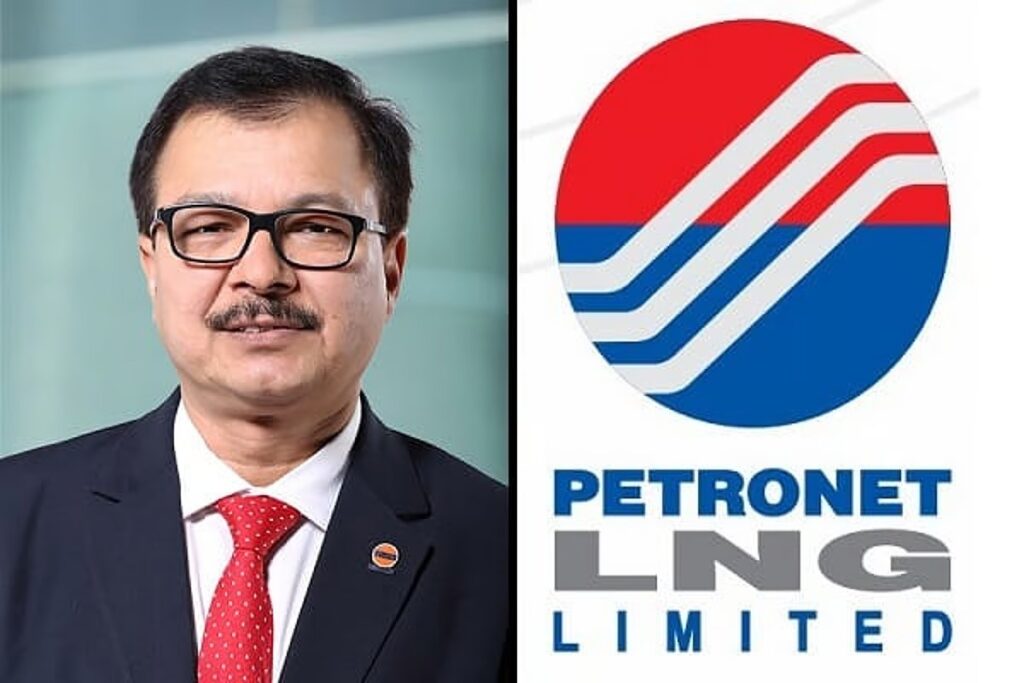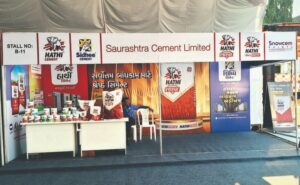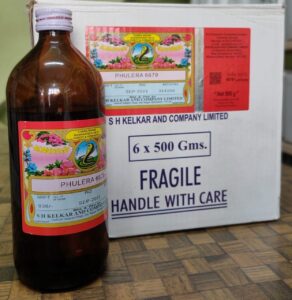1. At a Glance
Petronet LNG Ltd (NSE: PETRONET), India’s gas gatekeeper and quiet cash machine, just delivered another quarter of reliable profits — and an even more reliable dividend. At ₹278 per share, the ₹41,775 crore market cap company remains the unsung hero of India’s energy backbone, processing nearly75% of India’s total LNG importsand supplyingone-third of the country’s gas.
Q2 FY26 (September 2025) results showedsales of ₹11,009 croreandPAT of ₹830 crore, marking aYoY decline of 15.5% in revenueand a4.6% dip in profit— classic Petronet: less drama, steady money. The company declared aninterim dividend of ₹7 per share, because why not, when your balance sheet is stronger than a PSU’s coffee.
WithROE at 21.2%,ROCE at 25.4%, and adebt-to-equity ratio of just 0.12, Petronet remains the benchmark of PSU discipline (and also a reminder that government-backed ventures don’t always have to sleepwalk).
But the real kicker? A ₹20,685 crore petrochemical project at Dahej and an additional₹6,355 crore land-based LNG terminal in Odisha— Petronet’s future could be more explosive than a gas leak near a lighter.
2. Introduction – Calm, Composed, and Cashed Up
If India’s energy infrastructure were a Bollywood cast, Reliance would be the flashy hero, ONGC the veteran supporting actor, and Petronet LNG — the dependable guy who shows up on time, finishes his work, and quietly takes home the Filmfare for “Most Efficient Performer.”
Born in 1998 out of a joint venture betweenGAIL, IOC, BPCL, and ONGC (each holding 12.5%), Petronet LNG was tasked with one mission: to import, store, and regasify LNG for India’s ever-growing appetite for energy. And boy, has it delivered.
Fast forward to 2025, the company runs two massive terminals —Dahej (Gujarat)andKochi (Kerala)— with a combined capacity of22.5 million tonnes per annum (MMTPA). Dahej is the star child, running at ~78% utilization, while Kochi… well, let’s just say it’s still waiting for its infrastructure soulmate (a.k.a. pipelines) to make it relevant.
Petronet’s charm lies in its simplicity. It doesn’t drill, doesn’t explore, doesn’t gamble on global oil prices. It just sits at the gateway, charges regas fees, and lets the money flow.
So while the world debates carbon footprints and hydrogen futures, Petronet keeps doing what it does best: making steady profits from molecules and margins.
3. Business Model – WTF Do They Even Do?
Let’s simplify: imagine India’s gas supply chain as a relay race. Foreign producers ship LNG (liquefied natural gas) to India’s coast. Petronet catches the baton, warms up the LNG (turning it back into gas), and hands it off to giants like GAIL, IOCL, and BPCL — who then run the last mile to industries, households, and power plants.
That’s it. Petronet’s business isregasification— converting frozen gas into usable gas.
Revenue Split:
- LNG trading: 95–96%
- Regasification services: 3–4%
So basically, Petronet earns its bread both fromimporting LNG and from renting its infrastructureto other players. Its top three customers — GAIL, IOC, and BPCL — account for ~95% of revenues. (Because when your shareholders are also your customers, customer loyalty is literally built into your DNA.)
TheDahej Terminal (17.5 MMTPA)is the company’s crown jewel, churning consistent profits, whileKochi (5 MMTPA)plays the role of a side character waiting for script revision.
Now, expansion plans are heating up faster than regasified methane. TheDahej capacity is being upgraded to 22.5 MMTPAfor ₹600 crore, while athird jetty worth ₹1,700 crorewill handle not just LNG but alsoethane and propane— diversifying the gas buffet.
And if you thought that’s all, hold your pipelines — a₹2,300 crore LNG terminal in Odisha (Gopalpur)and amassive ₹20,685 crore petrochemical projectare already on the drawing board.
Petronet’s transformation is clear: from just regasifying gas to becoming a diversified energy infrastructure play — with petrochemicals, green hydrogen, and even small-scale LNG stations on highways. Because why just deliver gas when you can fuel trucks, make plastics, and impress analysts all at once?
4. Financials Overview
| Metric (₹ crore) | Sep 2025 | Sep 2024 | Jun 2025 | YoY % | QoQ % |
|---|---|---|---|---|---|
| Revenue | 11,009 | 13,024 | 11,880 | -15.5% | -7.3% |
| EBITDA | 1,117 | 1,202 | 1,159 | -7.1% | -3.6% |
| PAT | 830 | 871 | 842 | -4.7% | -1.4% |
| EPS (₹) | 5.54 | 5.80 | 5.61 | -4.5% | -1.2% |
Despite declining revenue, margins stayed steady around 10%. EPS annualized comes to ₹22.16, giving aP/E of 12.5× at ₹278— significantly below the industry median of 19×.
Petronet’s financials scream “boring in a good way” — low debt, predictable profits, and dividend checks that hit your account before you can even complain about PSU inefficiency.
5. Valuation Discussion – Fair Value Range (Educational Purposes Only)
Let’s play with three lenses:
a) P/E Method:
- EPS (TTM): ₹24.5
- Industry P/E: 19.2
- Petronet’s own 5-year average P/E: ~12×
So, Fair Value = ₹24.5 × (12–18) =₹294 – ₹441 range.
b) EV/EBITDA Method:
- EV: ₹32,903 crore
- EBITDA (TTM): ₹5,035 crore→ EV/EBITDA = 6.5× (vs industry ~9×)Assuming fair multiple = 8–9× → Implied Value = ₹40,000–₹45,000 crore → ₹280–₹315/share.
c) Simplified DCF (using FY25 FCF ₹4,398 crore, 3% terminal growth, 10% discount rate):Fair Value ≈ ₹40,000–₹45,000 crore → ₹270–₹310/share.
Educational Fair Value Range:₹270 – ₹440
Disclaimer: This fair value range is for educational purposes only and is not investment advice.
6. What’s Cooking – News, Triggers, Drama
Petronet’s announcement page lately reads like a corporate thriller.
- Interim Dividend:₹7/share declared for FY26. Cash flow so strong it could finance a mid-sized movie.
- CEO & Technical Director Extensions:Because when the gas keeps flowing smoothly, you don’t change the plumbers.
- Odisha LNG Terminal Upgrade:The Gopalpur terminal is now being upgraded to aland-based 5 MMTPA setup(₹6,355 crore), shifting from the earlier floating design — talk about upgrading from an Airbnb to a penthouse.
- Petrochemical Push:₹20,685 crore project forPropane Dehydrogenation (PDH) and Polypropylene (PP) unitsat Dahej — the biggest bet in company history.
- Two new LNG tanks commissioned at Dahej(Oct 2024) — adding storage muscle for the next decade.
- MoU with Sri Lanka’s LTL Holdings(Aug 2024) — because India’s gas diplomacy now exports efficiency too.
- 15-year Propylene & Hydrogen sale contractssigned in early 2025 — early steps into hydrogen monetization.
Basically, Petronet is on an expansion bender — new terminals, petrochemicals, and hydrogen. The only drama

















